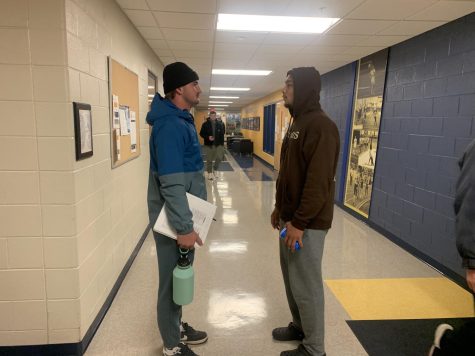Where Have All the Work Study Jobs Gone?
At the beginning of the fall semester at Siena Heights University, students, along with staff and faculty, have noticed something. Fewer students were working in positions of work-study employment on campus. The question was if there were less positions being awarded at Siena Heights or if it was that students did not feel the need to accept available job positions.
When asked the question if there were less positions or just less students accepting work study positions, Michael Karabetsos, associate vice president for Human Resources, responded with, “Both. Less are being awarded and less are being accepted.”
But why?
Karabetsos said that while the work study is a federally funded program, it is only partially. So the institution still has to contribute. This is one of the main reasons there are less positions being offered. But he said the issue is not as simple as Siena Heights making cutbacks. Rather, the lack of work-study positions is just the effect of narrowing work-study awards to specifically those in need of financial aid.
According to Karabetsos, SHU’s methodology has changed. It used to be that there was an increase in funding to provide and allow all students to be eligible for a work-study position, despite lack of financial need. Karabetsos said, “Fiscally, it was a great tool.”
SHU has since transitioned to providing work-study positions solely to students in financial need. This year’s class is the second to be under the new system of financial need-based work study only, he said.
Despite the change, those elected to work in previous years who might not have received a work-study if the awarding matrix was solely need-based, as it is now, were able to keep their work-study award, he said.









